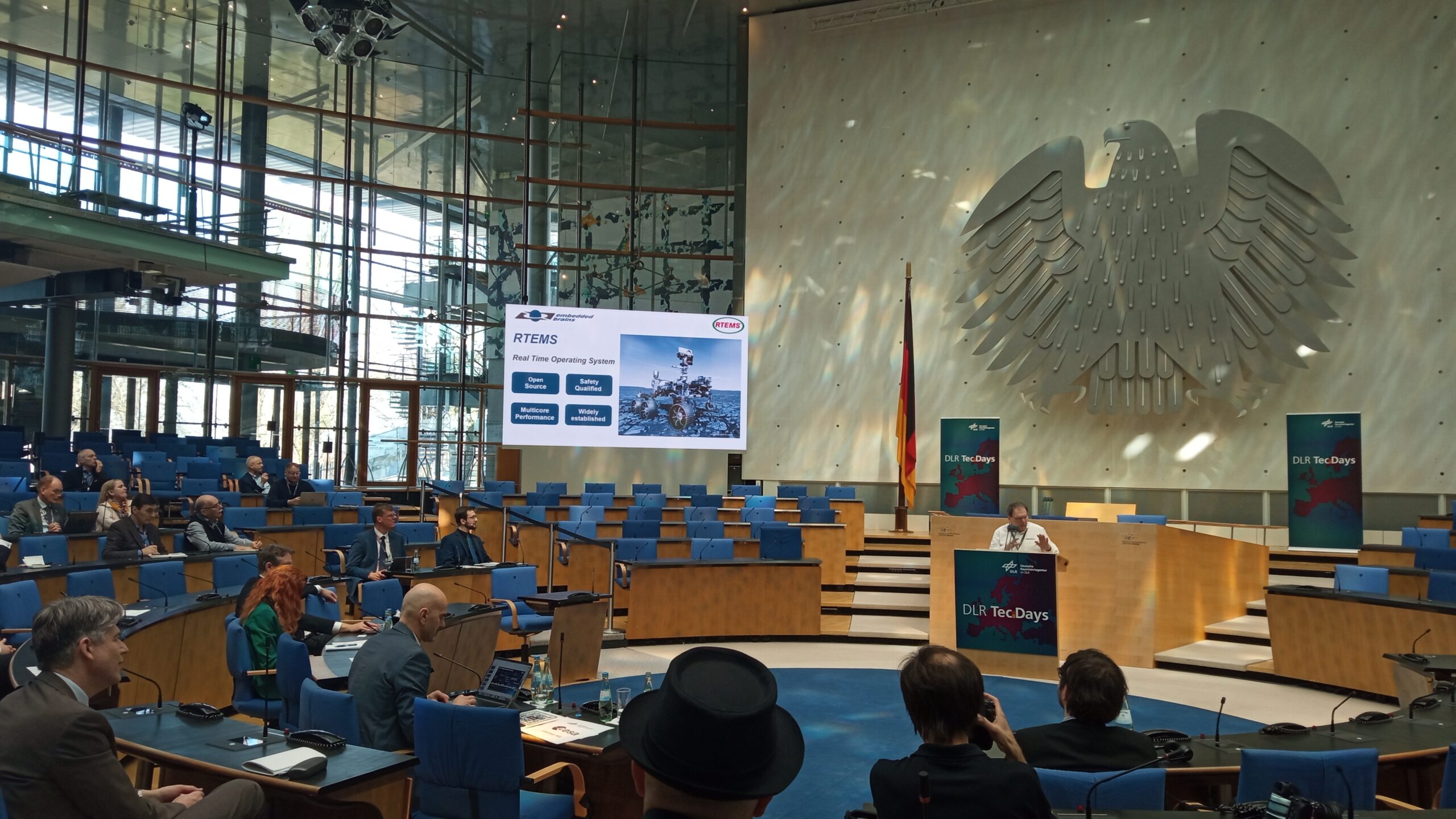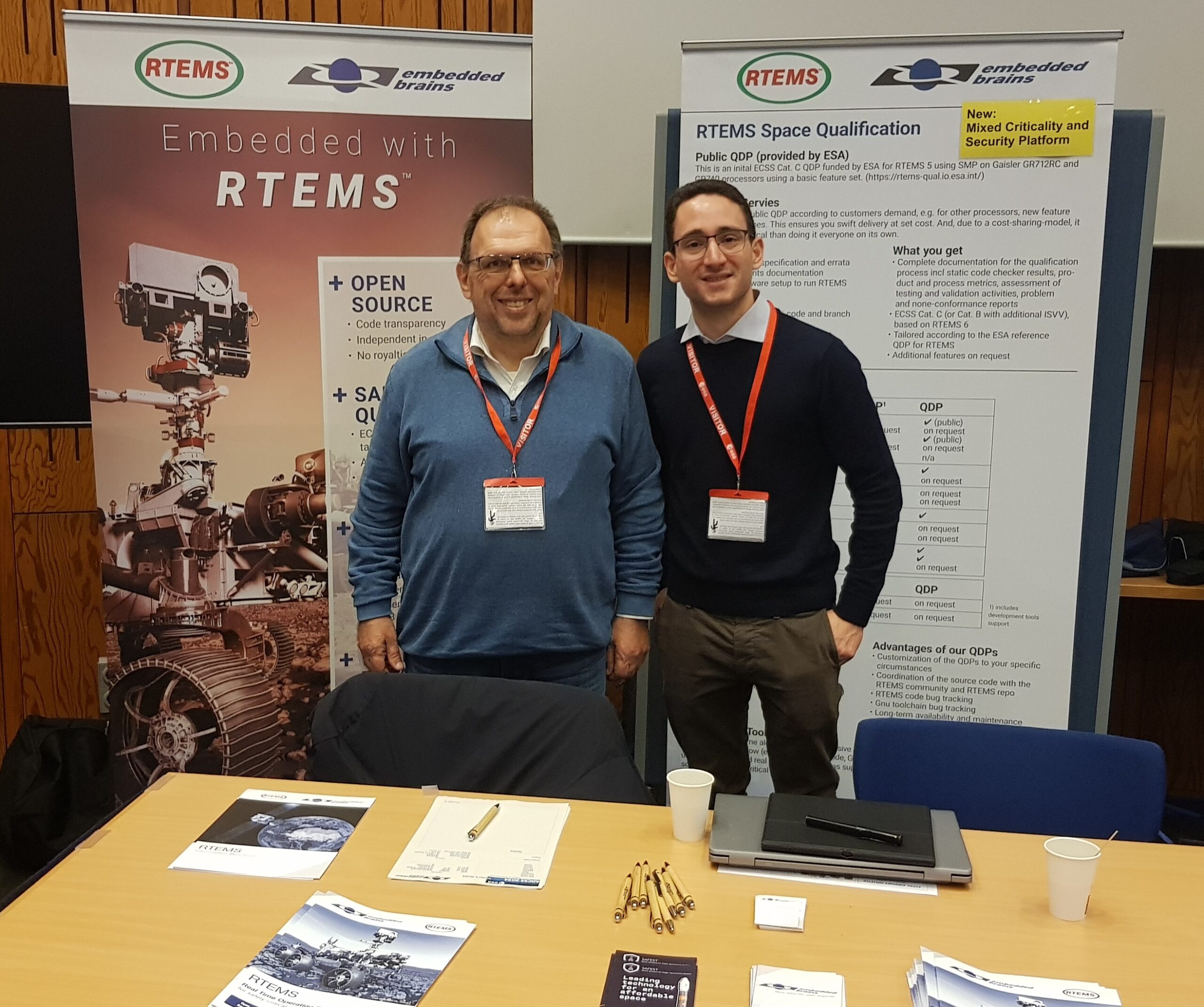by Matthias Goebel
Share

Multicore real-time Operating System for safety-critical applications in satellites
A major boost for many RTEMS applications has been achieved: The European Space Agency ESA certifies the open-source real-time operating system RTEMS in the SMP (Symmetric Multiprocessing) configuration for Criticality Category C and D. This means that safety-critical functions can now also be executed on modern multicore processors that rely on RTEMS. Previously, only a greatly reduced, now obsolete, single-core version was available for this purpose.
Further certifications planned
The qualification was carried out for the Cobham-Gaisler processors with SPARC architecture (GR740 and GR712RC), which are widely used in the space domain, and functions mainly used in space flight. Further certifications of processors with ARM and RISC-V architecture as well as an extension of the functional and interface scope are in preparation.
Furthermore, qualification for Category A and B is envisaged. Then even safety-critical functions in manned missions could operate on the basis of RTEMS. The documentation and tests for this are already in place, and the necessary independent verification is underway.
RTEMS is popular in space applications because of its low resource requirements. However, its advantages are also appreciated in other industries where high performance and reliability are important. This qualification also opens up new perspectives for other domains, such as railroad technology or the medical and automotive sectors.
Flexibility through largely automated certification process
Safety certifications are established since long in many industries. However, these drive up the costs of software, as testing and documentation are often many times more labour intensive than simply writing the code. And they reduce flexibility, since a configuration has to be tested as a whole setup.
A new feature of RTEMS certification is that it is largely automated – from documentation to testing to evaluation summary. In this way, the multitude of target systems, interfaces and drivers of RTEMS can be certified in an economical way. Even in the basic version, this includes over 2,000 test procedures and more than 10,000 pages of results and documentation.
Execution and implementation
The initial funding by ESA allows not only the code but also the basic certification to become part of the open-source project. For the certification of more advanced configurations, for example with multicore processors that are not yet supported, the experts at embedded brains GmbH www.embedded-brains.de, who designed and developed the current Qualification Data Package, are available.
embedded brains supports RTEMS customers throughout Europe and offers user-specific concept development, development support, porting, and driver and software development for RTEMS. In addition to getting started with RTEMS development as quickly as possible, customers also benefit from a significantly reduced time budget and application development costs. embedded brains also offers technical RTEMS training, standard support for experienced users and project-specific support for R&D teams. As a member of the RTEMS Steering Committee, Thomas Doerfler knows that the demands of customers are constantly growing and that it is essential to actively accompany continuous further development.
Links

Matthias Goebel
/
17. November 2025

RTEMS for Maximum Flexibility in Space: embedded brains supports nanosatellite project in Bavaria
Matthias Goebel
/
4. June 2025

Matthias Goebel
/
3. March 2025

Matthias Goebel
/
2. December 2024

